Art and protest in Iran
Regime cracks down on creatives who helped turn nationwide Woman, Life, Freedom protests 'into a cultural uprising'
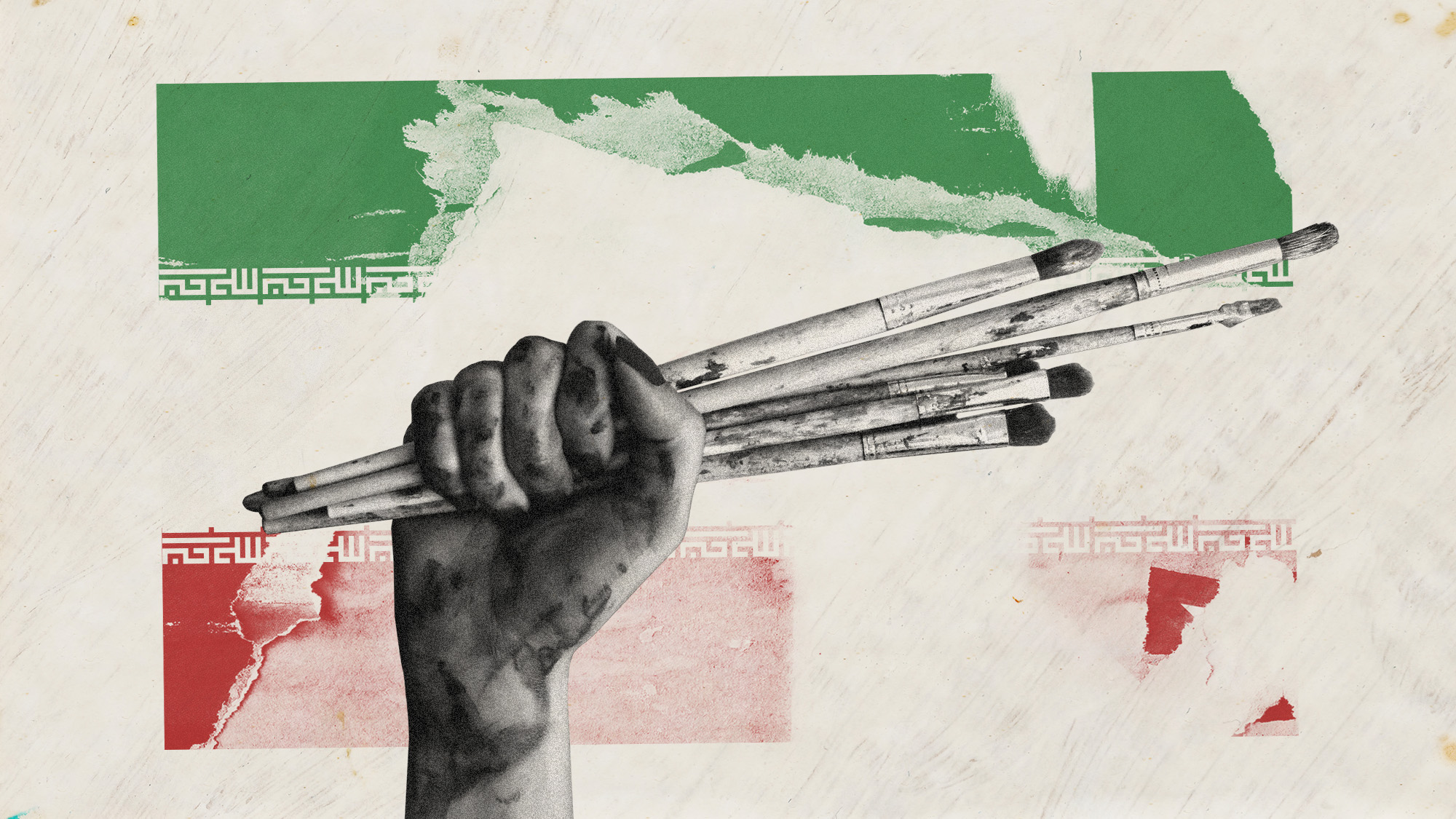
The international community should recognise Iranian artists as human rights defenders on a par with activists, lawyers and journalists opposing the regime.
That is the recommendation of a new report titled "I Create; I Resist – Iranian Artists on the Frontline of Social Change", which details the Islamic Republic's "systematic attacks" on artists and their crackdown on "freedom of expression" in the wake of the Woman, Life, Freedom protest movement.
The report by the New York-based human rights organisation Artistic Freedom Initiative (AFI) was released on the second anniversary of the death of Mahsa Amini. Arrested by Iran's morality police for violating the country's strict hijab laws, the 22-year-old died in custody after being beaten and tortured, sparking a wave of protests that rocked the regime and led to the deaths of hundreds of people and the detention of thousands more.
The Week
Escape your echo chamber. Get the facts behind the news, plus analysis from multiple perspectives.

Sign up for The Week's Free Newsletters
From our morning news briefing to a weekly Good News Newsletter, get the best of The Week delivered directly to your inbox.
From our morning news briefing to a weekly Good News Newsletter, get the best of The Week delivered directly to your inbox.
Voices on the ground
Contemporary artists in Iran played a "pivotal role" in helping turn a "nationwide protest into a cultural uprising that resonated across the globe", wrote AFI's Sanjay Sethi and Johanna Bankston on the Atlantic Council.
Artists, musicians, authors and creatives "shaped the movement's messaging". Among these was a series of Persian language posts on X by musician Shervin Hajipour that became the song "Baraye" ("For the sake of") and the de facto anthem of the protests. Visual artists meanwhile used graffiti, illustrations, paintings and graphic designs to transform public spaces into "canvases of dissent".
One of Iran's most famous artists, Marjane Satrapi, whose graphic novel "Persepolis" depicting life following the Islamic Revolution was turned into an award-winning film in 2007, produced a collaborative comic called "Woman, Life, Freedom", "based on actual voices and perspectives from those on the ground", said Bahar Momeni in a blog for the Center for Iranian Diaspora Studies at San Francisco State.
Arrests and work bans
The AFI, working with humanitarian aid group Voices Unbound and UC Berkeley School of Law, documented how over the past two years, the Islamic Republic has "sought to suppress artistic expression and exert control over influential artists, including through censorship, online surveillance, work bans, celebrity task forces, and punitive measures, including arbitrary arrest and prosecution".
A free daily email with the biggest news stories of the day – and the best features from TheWeek.com
In 2022 alone, more than 100 artists were arrested and subjected to work bans, with the report highlighting 15 cases of artists who were prosecuted under "vague and overbroad laws related to the dissemination of propaganda, the protection of national security, and the safeguarding of public morality".
Rapper Toomaj Salehi was arrested, tortured and originally sentenced to death for his outspoken support of the protests, while photojournalist Yalda Moaiery was sentenced to six years in jail for "spreading propaganda against the regime" by photographing the protests (she was later granted amnesty for this particular charge).
A distorted narrative
The Islamic Republic has also used "bureaucratic offices to target artists", wrote Sethi and Bankston. In particular, the Ministry of Culture and Islamic Guidance has been "instrumental in silencing artists through online and physical surveillance, the issuance of work bans against artists, and the forced closure of publishing houses, theatres and arts organisations".
The regime's propaganda arm even produced its own graphic novel titled "Woman, Life, Freedom", which showed a "distorted narrative of the ongoing movement, falsely claiming that it was orchestrated by the country's Western enemies", said Momeni. It manipulated search engines so that anyone searching for the book in Farsi would be directed to the regime's version.
In response to the brutal crackdown, the AFI has called on countries to grant asylum and humanitarian visas to artists, cultural workers and other victims fleeing persecution for their involvement in, or defence of, human rights during protests in Iran.
Elliott Goat is a freelance writer at The Week Digital. A winner of The Independent's Wyn Harness Award, he has been a journalist for over a decade with a focus on human rights, disinformation and elections. He is co-founder and director of Brussels-based investigative NGO Unhack Democracy, which works to support electoral integrity across Europe. A Winston Churchill Memorial Trust Fellow focusing on unions and the Future of Work, Elliott is a founding member of the RSA's Good Work Guild and a contributor to the International State Crime Initiative, an interdisciplinary forum for research, reportage and training on state violence and corruption.
-
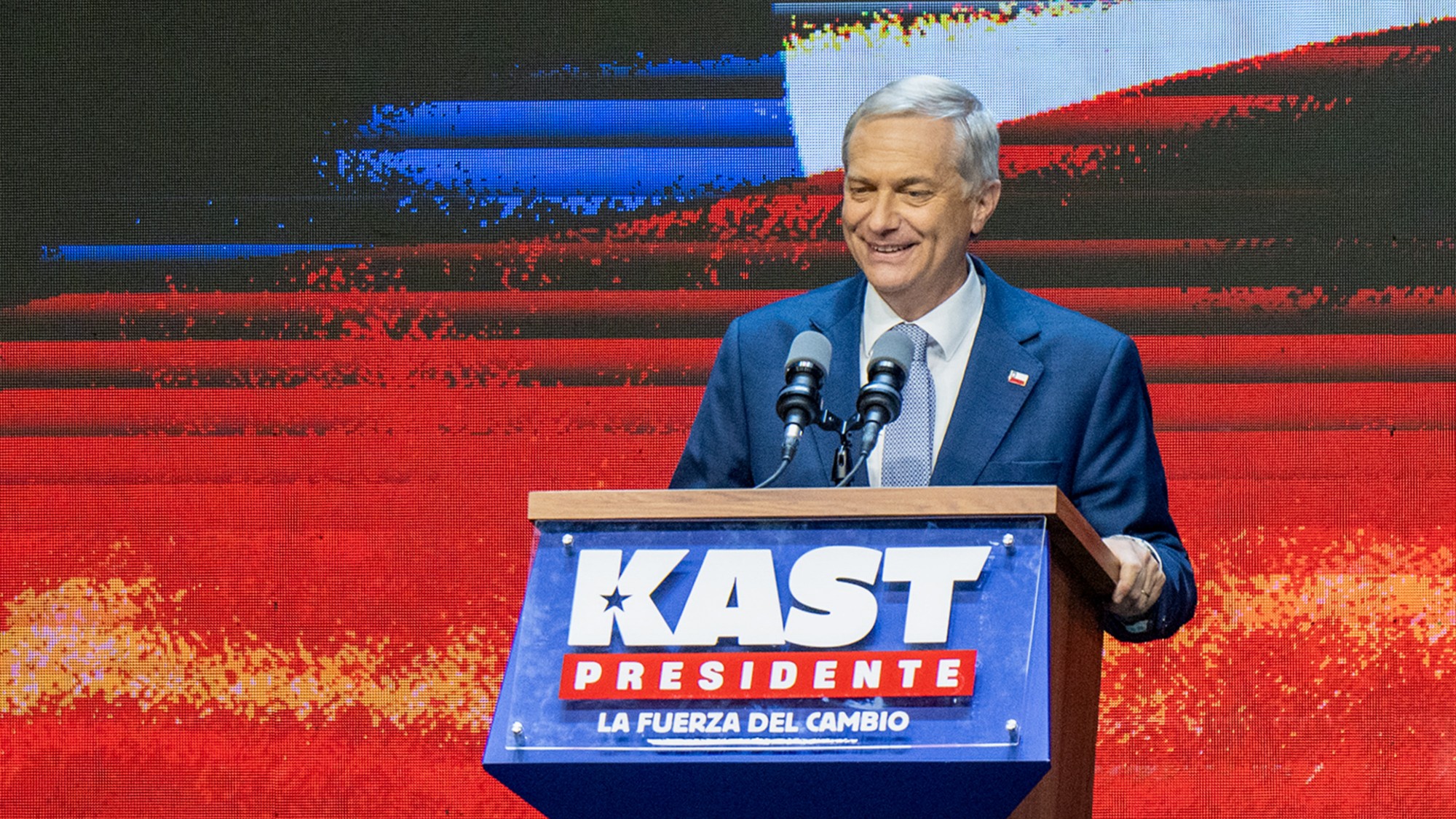 ‘Kast’s victory is a political and ethical earthquake’
‘Kast’s victory is a political and ethical earthquake’Instant Opinion Opinion, comment and editorials of the day
-
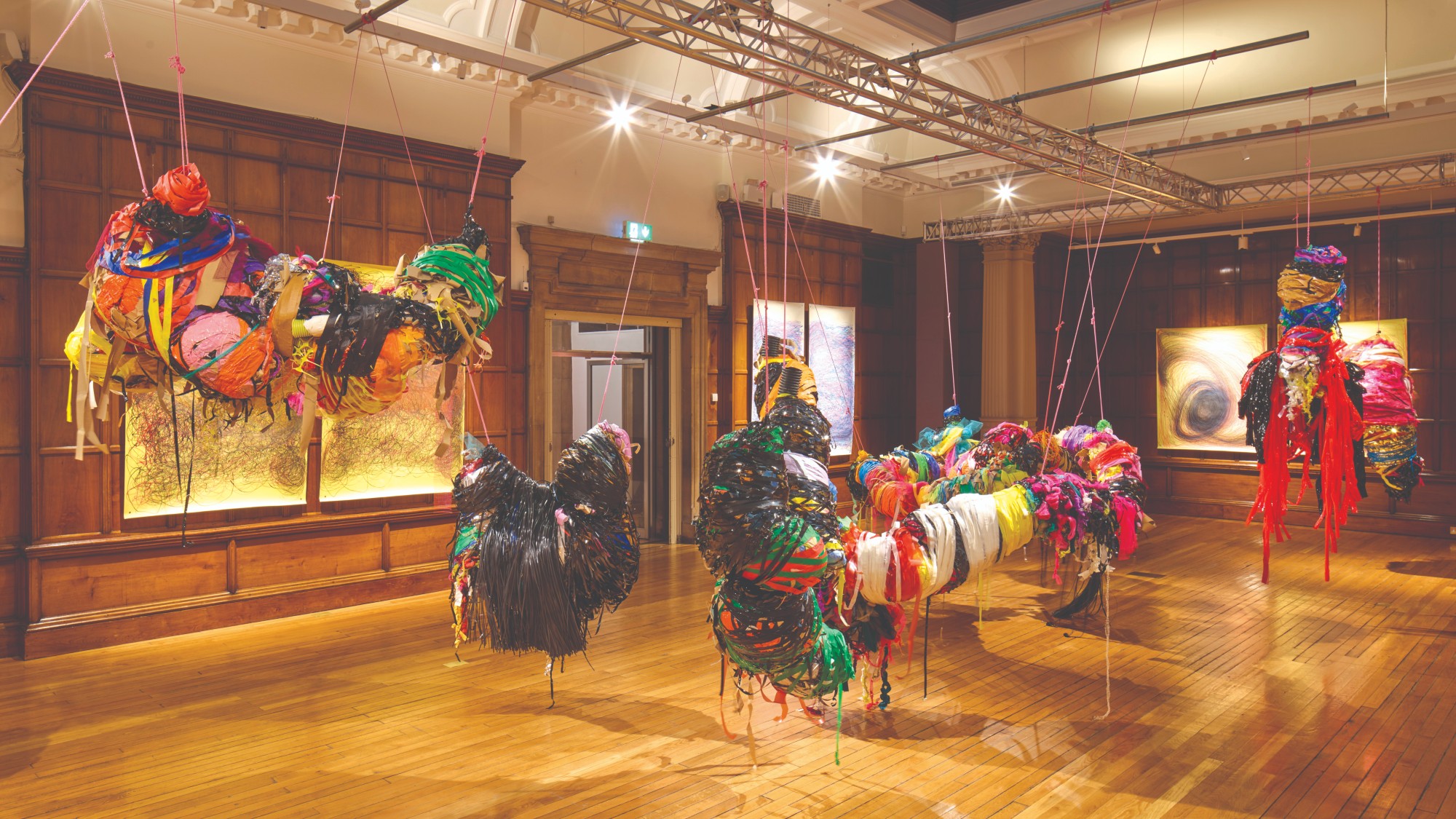 Turner Prize 2025: ‘artistic excellence’ or ‘cultural nonsense’?
Turner Prize 2025: ‘artistic excellence’ or ‘cultural nonsense’?Talking Point Work by the four artists nominated for this year’s award is on display at Bradford’s Cartwright Hall
-
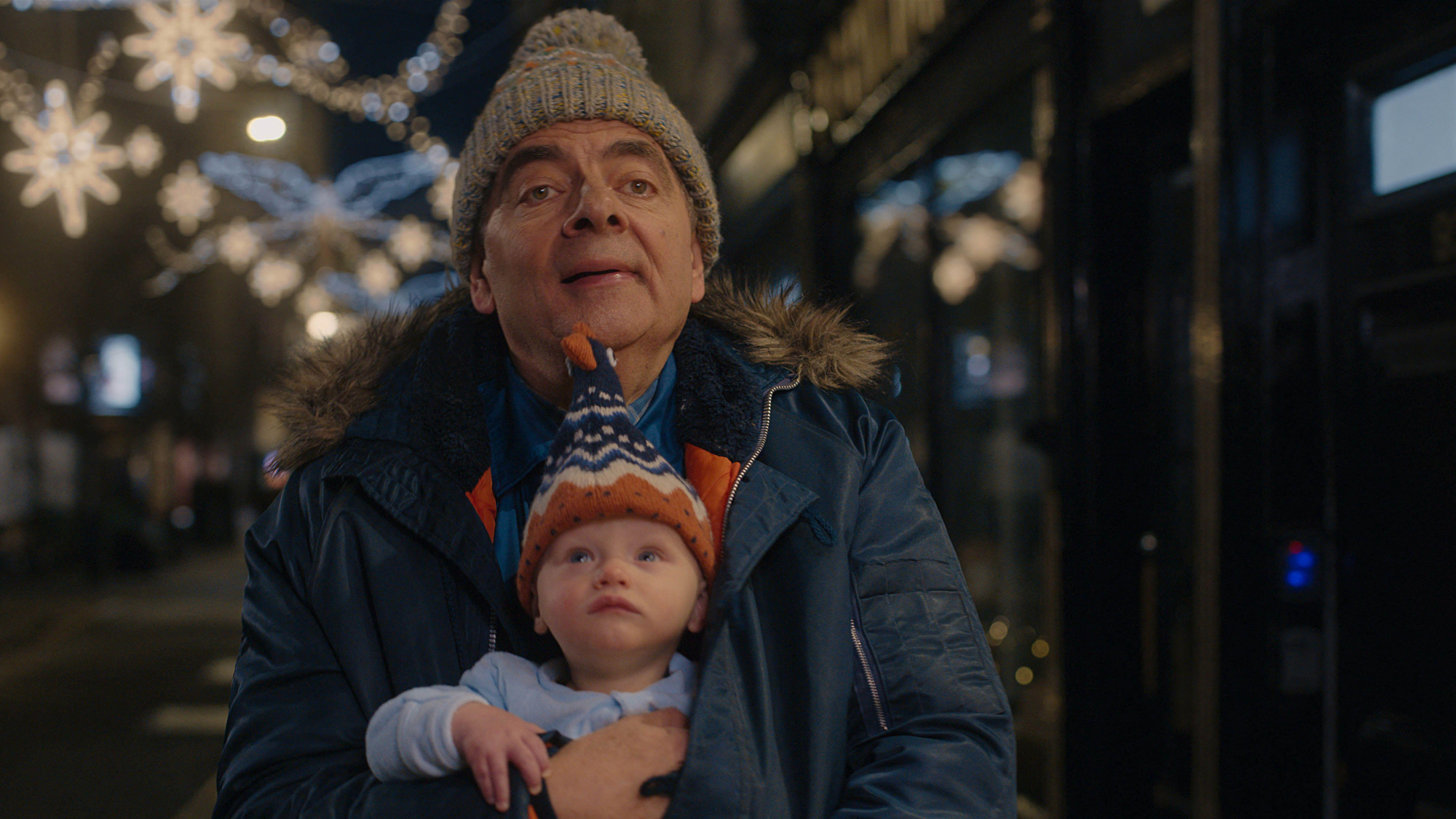 Man vs Baby: Rowan Atkinson stars in an accidental adoption comedy
Man vs Baby: Rowan Atkinson stars in an accidental adoption comedyTalking Point Sequel to Man vs Bee is ‘nauseatingly schmaltzy’
-
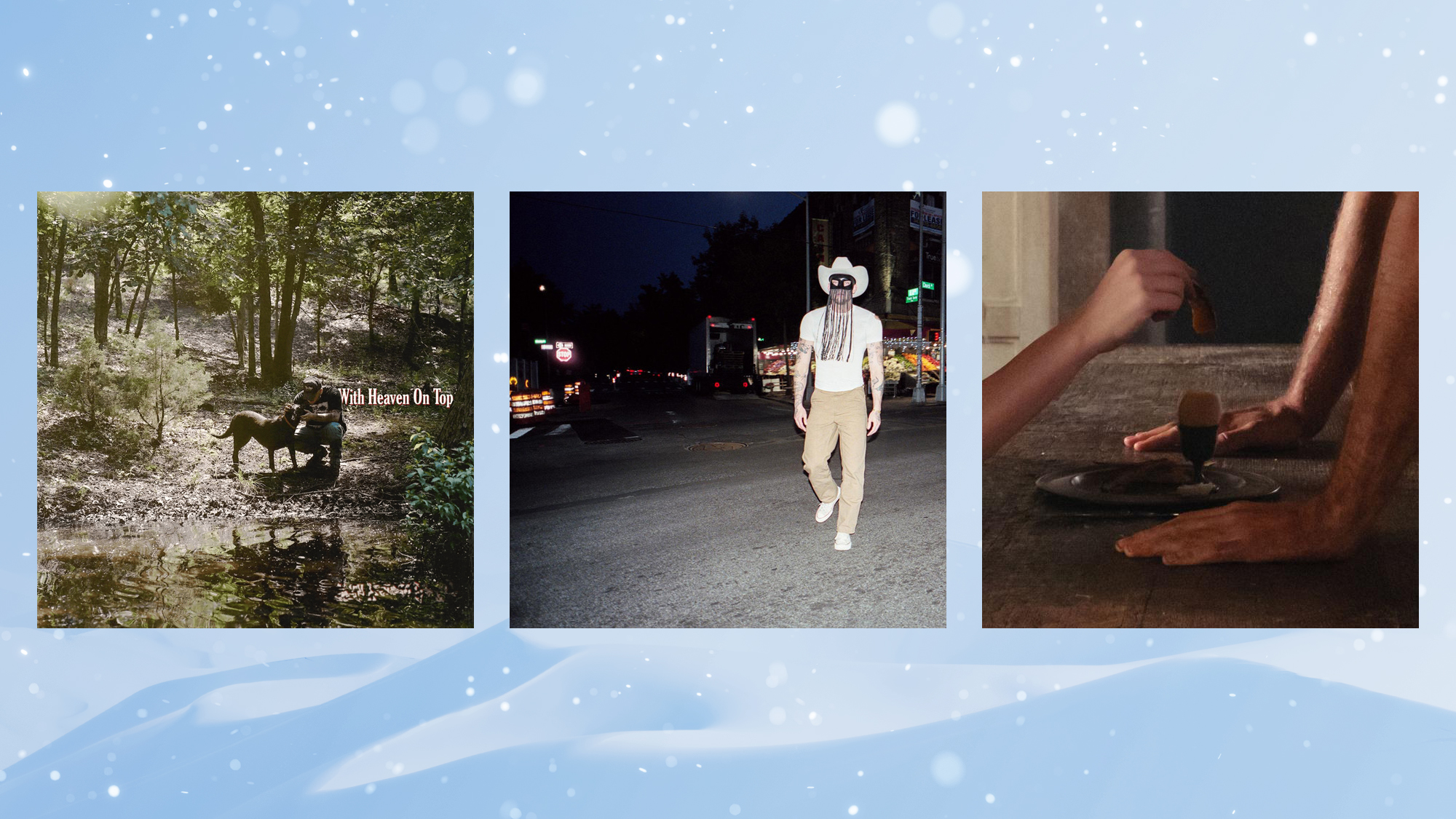 10 upcoming albums to stream during the winter chill
10 upcoming albums to stream during the winter chillThe Week Recommends As the calendar turns to 2026, check out some new music from your favorite artists
-
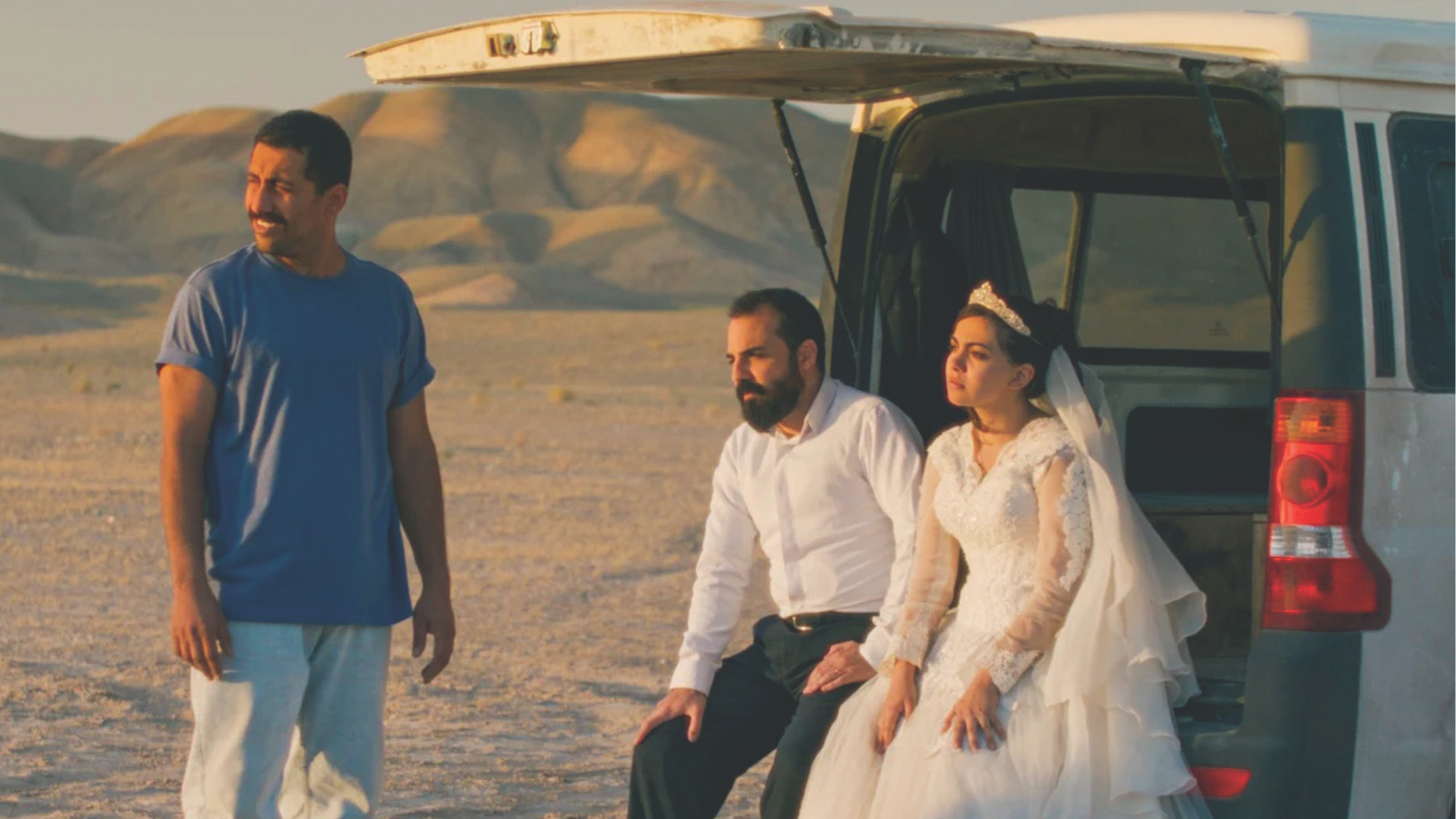 It Was Just an Accident: a ‘striking’ attack on the Iranian regime
It Was Just an Accident: a ‘striking’ attack on the Iranian regimeThe Week Recommends Jafar Panahi’s furious Palme d’Or-winning revenge thriller was made in secret
-
 10 concert tours to see this winter
10 concert tours to see this winterThe Week Recommends Keep cozy this winter with a series of concerts from big-name artists
-
 The most downloaded country song in the US is AI-generated
The most downloaded country song in the US is AI-generatedUnder the radar Both the song and artist appear to be entirely the creation of artificial intelligence
-
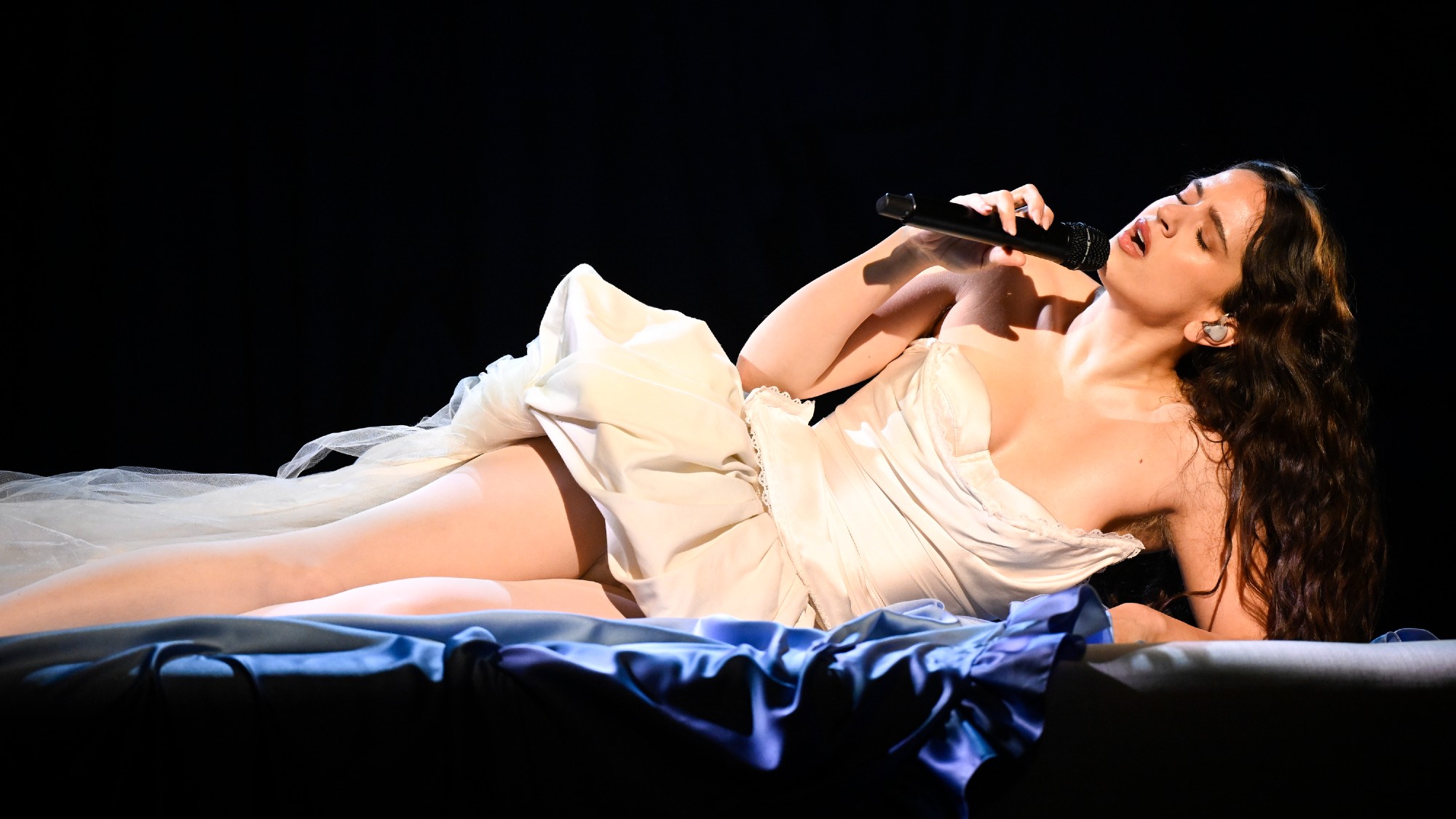 Music reviews: Rosalía and Mavis Staples
Music reviews: Rosalía and Mavis Staplesfeature “Lux” and “Sad and Beautiful World”
-
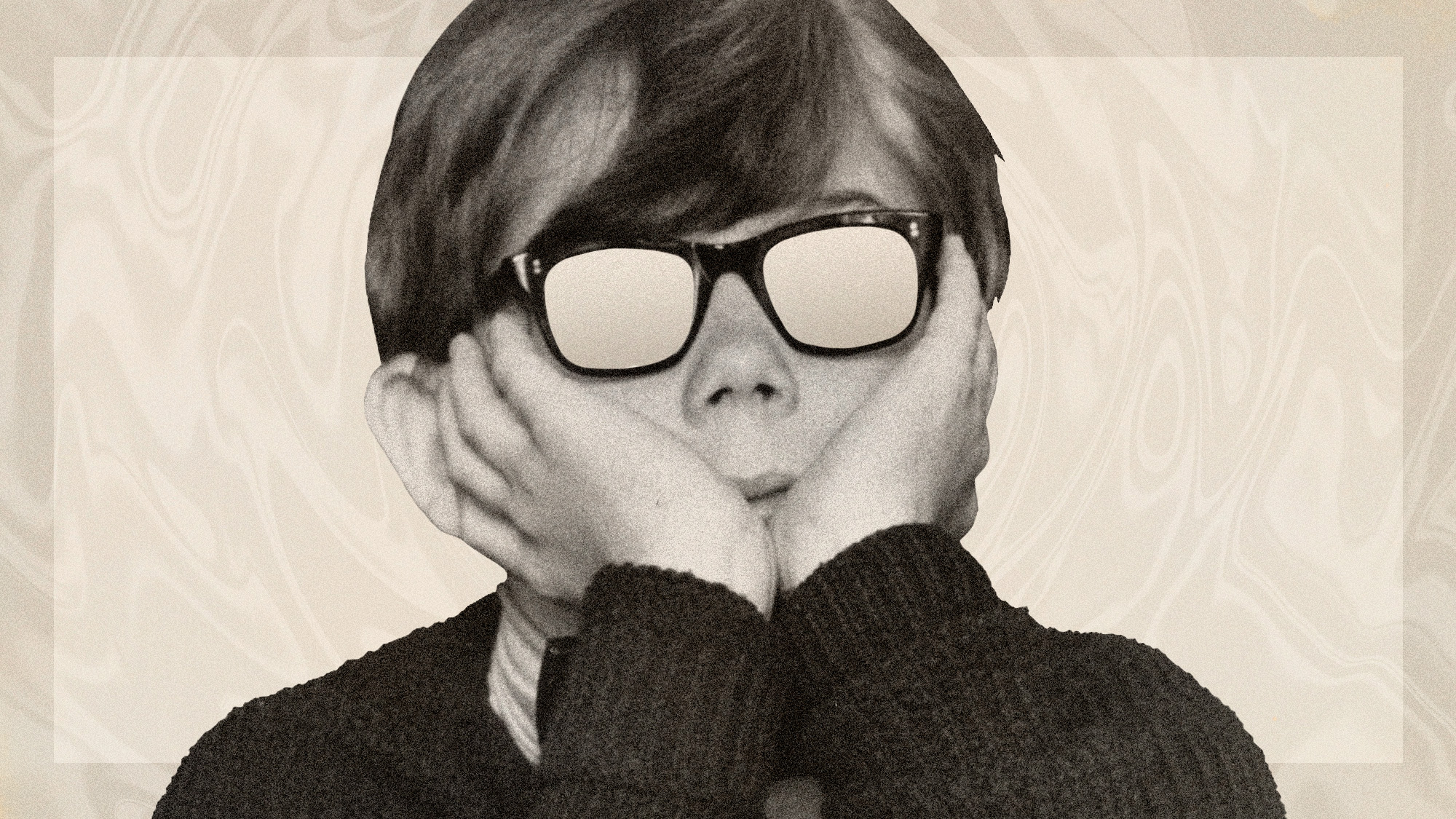 Has 21st-century culture become too bland?
Has 21st-century culture become too bland?Under The Radar New book argues that the algorithm has killed creative originality
-
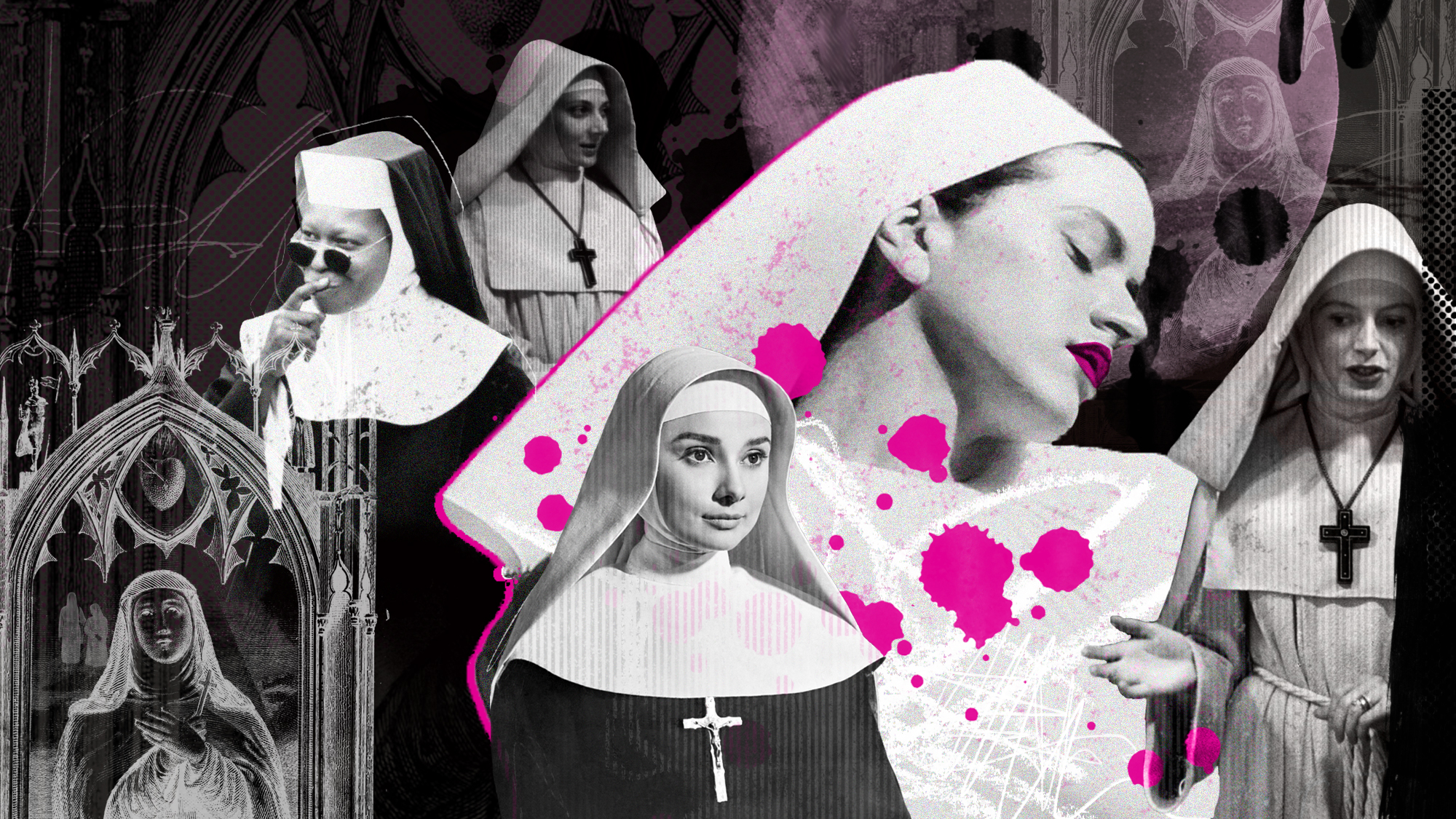 Rosalía and the rise of nunmania
Rosalía and the rise of nunmaniaUnder The Radar It may just be a ‘seasonal spike’ but Spain is ‘enthralled’ with all things nun
-
 DC tourism has taken a hit
DC tourism has taken a hitUnder the Radar The government shutdown has reduced tourist attractions